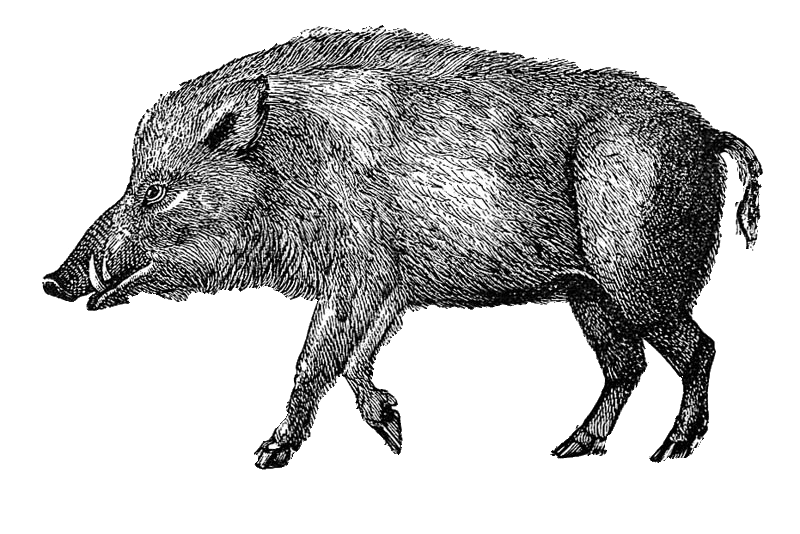picc.3(II=picc.III=picc&afl).3(III=ca).5(ebcl.3.bcl).3(III=cbsn) – 2asax(I=ssax).tsax.bsax – 4.3(I=ebtpt).3.1+2euph – timp – perc(4) – db(opt.)
Anemoi (2016)
wind orchestra (15’)
I. Boreas –
II. Zephyros –
III. Notos –
IV. Euros
The Anemoi are the wind deities of ancient Greece, each associated with a point of the compass and also with a season of the year. The four linked movements of this piece depict the four chief winds and their effects upon the Earth. First comes Boreas, the north wind who brings winter: high circling woodwinds are joined by an ominous series of chords introdcued by the trombones, which gather momentum though the movement and build to a violent blizzard of fragmented material.
This gives way to Zephyros, the balmy west wind who brings spring. It is just before dawn, and a slowly ascending melody beginning in the contrabassoon soon awakens birds (oboes) and fertility spirits (saxophones), with the sun soon erupting over the horizon in a blaze of brass and metal percussion. After a brief series of exchanges representing new plant and bird life, the high winds sing out a hymn to the life-giving power of the god Dionysos, gloriously reborn after his winter sleep.
The wheel of the year turns again, and the south wind, Notos is upon us bringing the stultifying heat of the Sahara. Through a chordal haze of horns and high woodwind the saxophones sing a simple song in praise of the sun at its zenith, while seagulls (piccolo and Eb clarinet) circle overhead. Soon a brittle solo from the cor anglais suggests the dry heat of late summer, brought to a close by a strange mirage from the timpani.
This heralds Euros, the mysterious east wind sometimes associated with autumn, announced by a darkly inflected alto flute lamenting the fading year. Soon the horns have a series of circling chords which recapitulate the passage of the year in microcosm, over which various kinds of activity suggest the gathering of harvest and the sound of the hunt. An abrupt climax gives way to a vision of sunset with slowly falling chains of thirds in the high winds, leading to the chiming of evening bells and a questioning song from the flutes and bassoons.
Without warning the high circling piccolos of the opening have returned and winter seems to be back. A solo clarinet has other ideas, and its shrieking glissando scatters the fragments of winter to offer escape from the endless cycle.
Commissioned by Tŷ Cerdd for the National Youth Wind Orchestra of Wales and first performed by the orchestra conducted by Mark Heron at The Riverfront, Newport on 2nd April 2016

